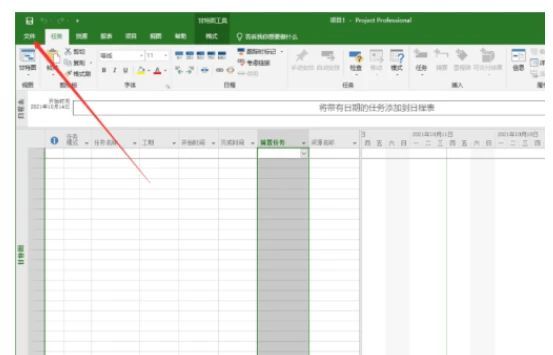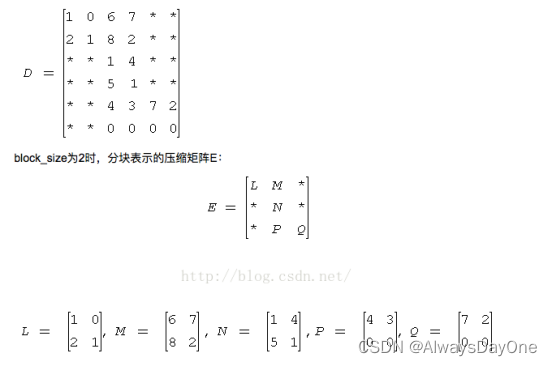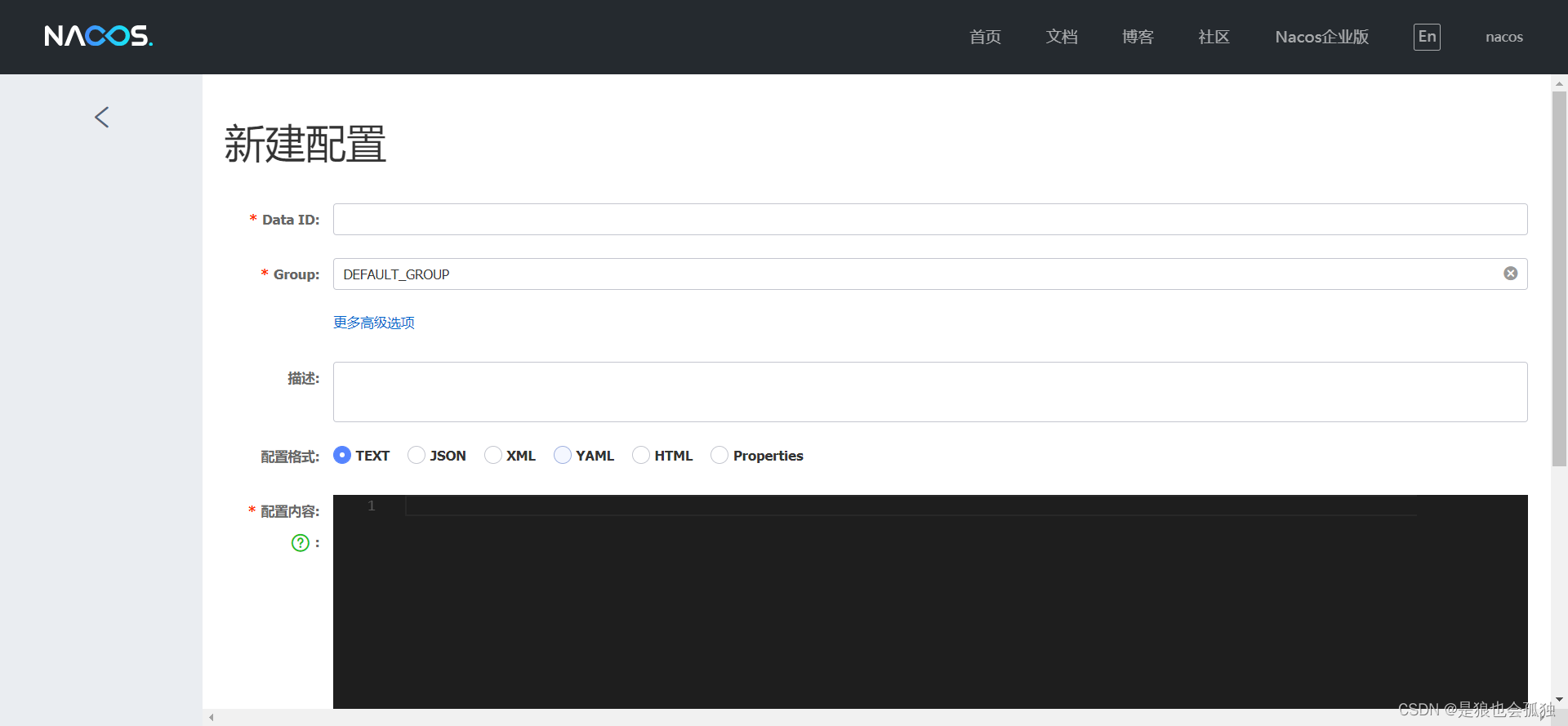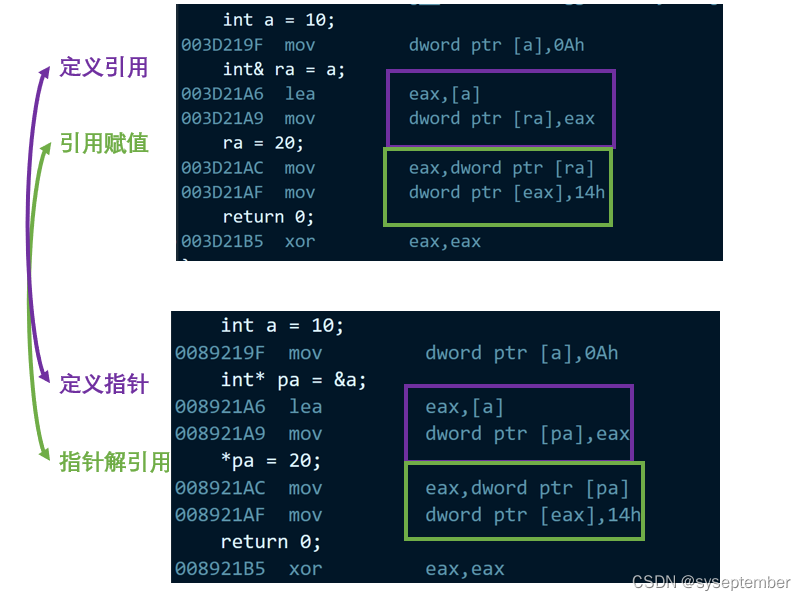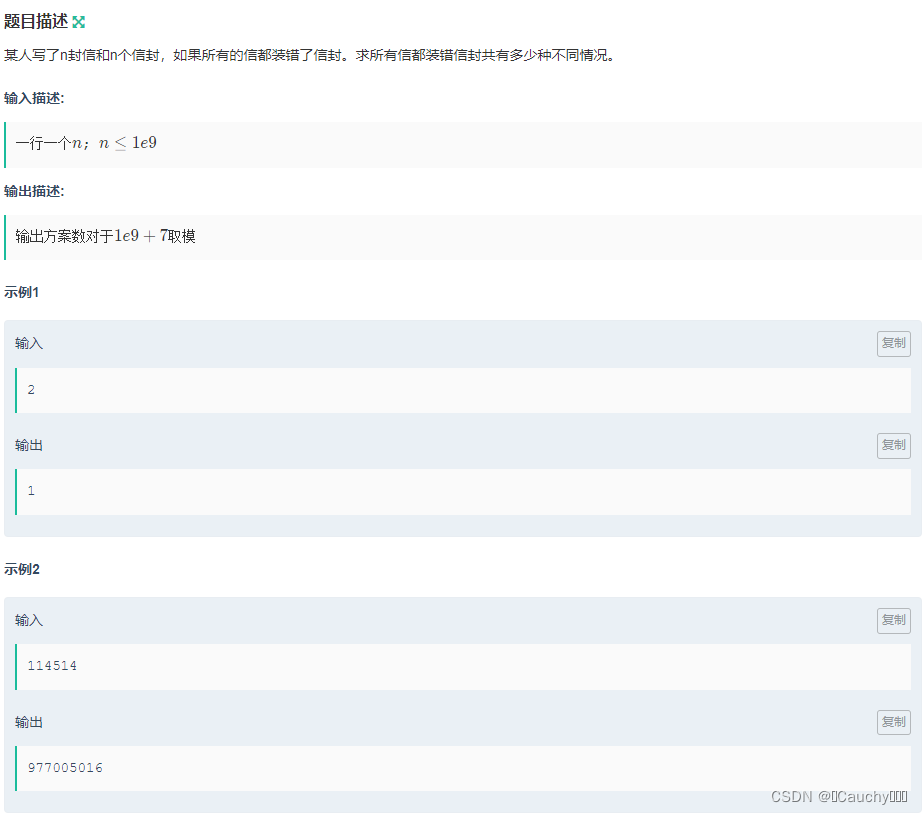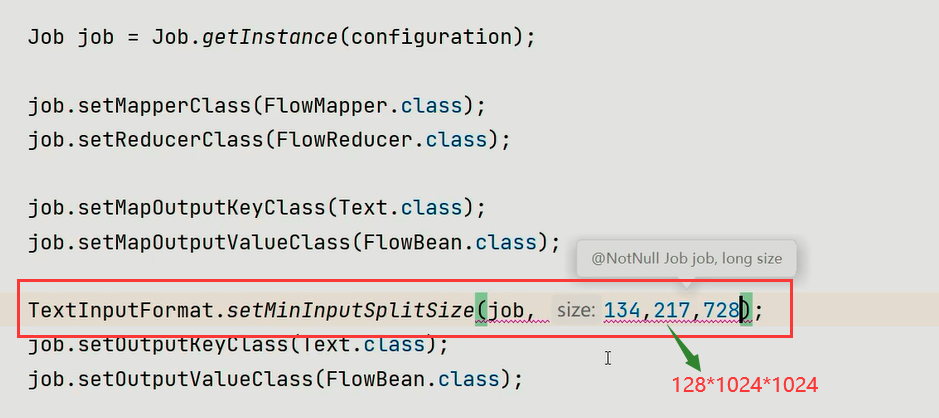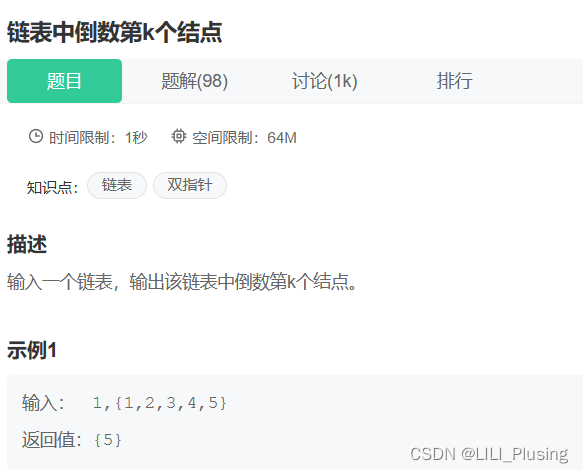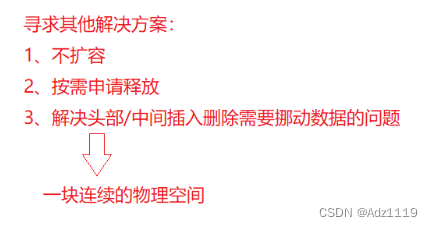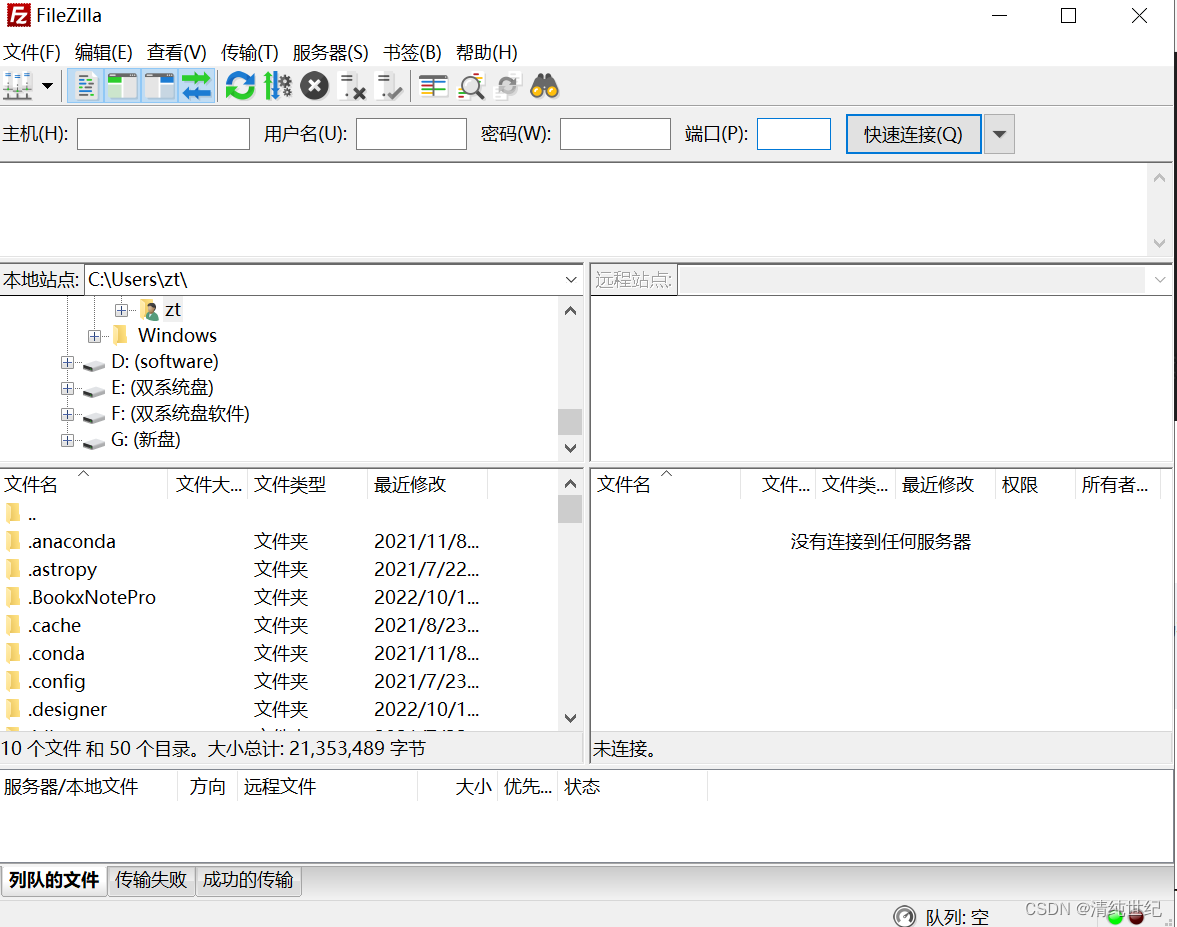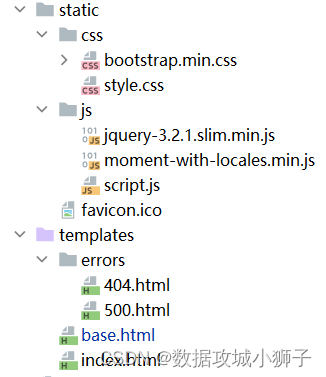
- 参数化多个参数:可以使用多个参数来参数化测试。例如:
import pytest
@pytest.mark.parametrize("x, y, expected", [
(1, 2, 3),
(3, 4, 7),
(5, 6, 11),
])
def test_addition(x, y, expected):
assert x + y == expected
- 参数化列表:可以使用列表来参数化测试。例如:
import pytest
@pytest.mark.parametrize("test_input, expected_output", [
([1, 2, 3], 6),
([4, 5, 6], 15),
([7, 8, 9], 24),
])
def test_sum(test_input, expected_output):
assert sum(test_input) == expected_output
- 参数化字典:可以使用字典来参数化测试。例如:
import pytest
@pytest.mark.parametrize("test_input, expected_output", [
({"x": 1, "y": 2}, 3),
({"x": 3, "y": 4}, 7),
({"x": 5, "y": 6}, 11),
])
def test_addition(test_input, expected_output):
assert test_input["x"] + test_input["y"] == expected_output
- 参数化文件:可以使用文件来参数化测试。例如:
import pytest
import csv
def read_csv():
with open('testdata.csv', 'r') as f:
reader = csv.reader(f)
rows = []
for row in reader:
rows.append(row)
return rows[1:]
@pytest.mark.parametrize("test_input, expected_output", read_csv())
def test_addition(test_input, expected_output):
x, y = map(int, test_input.split(','))
assert x + y == int(expected_output)
- 动态参数化:可以使用 Python 代码动态生成参数。例如:
import pytest
import time
def get_test_data():
test_data = []
start_time = time.time()
while time.time() - start_time < 10: # 运行时间小于 10 秒
x = random.randint(1, 100)
y = random.randint(1, 100)
expected = x + y
test_data.append((x, y, expected))
return test_data
@pytest.mark.parametrize("x, y, expected", get_test_data())
def test_addition(x, y, expected):
assert x + y == expected
- 从外部数据源加载数据:可以使用动态参数化从外部数据源加载测试数据,例如数据库、API 或其他 Web 服务。例如:
import pytest
import requests
def get_test_data():
response = requests.get('https://api.example.com/data')
test_data = []
for item in response.json():
x = item['x']
y = item['y']
expected = item['expected']
test_data.append((x, y, expected))
return test_data
@pytest.mark.parametrize("x, y, expected", get_test_data())
def test_addition(x, y, expected):
assert x + y == expected
在上面的例子中,get_test_data 函数使用 requests 库从远程 API 加载测试数据,并返回一个测试数据列表。然后,使用 @pytest.mark.parametrize 装饰器动态参数化测试,使用从 API 加载的测试数据作为参数。
- 组合参数:可以使用
itertools库中的 product 函数生成参数的所有组合。例如:
import pytest
import itertools
@pytest.mark.parametrize("x, y", itertools.product([1, 2, 3], [4, 5, 6]))
def test_multiplication(x, y):
assert x * y == y * x
在上面的例子中,使用 itertools.product 函数生成 x 和 y 的所有组合,并将它们作为参数传递给测试函数。
- 参数化生成器:可以使用生成器函数生成参数。例如:
import pytest
import random
def get_test_data():
while True:
x = random.randint(1, 100)
y = random.randint(1, 100)
expected = x + y
yield (x, y, expected)
@pytest.mark.parametrize("x, y, expected", get_test_data())
def test_addition(x, y, expected):
assert x + y == expected

